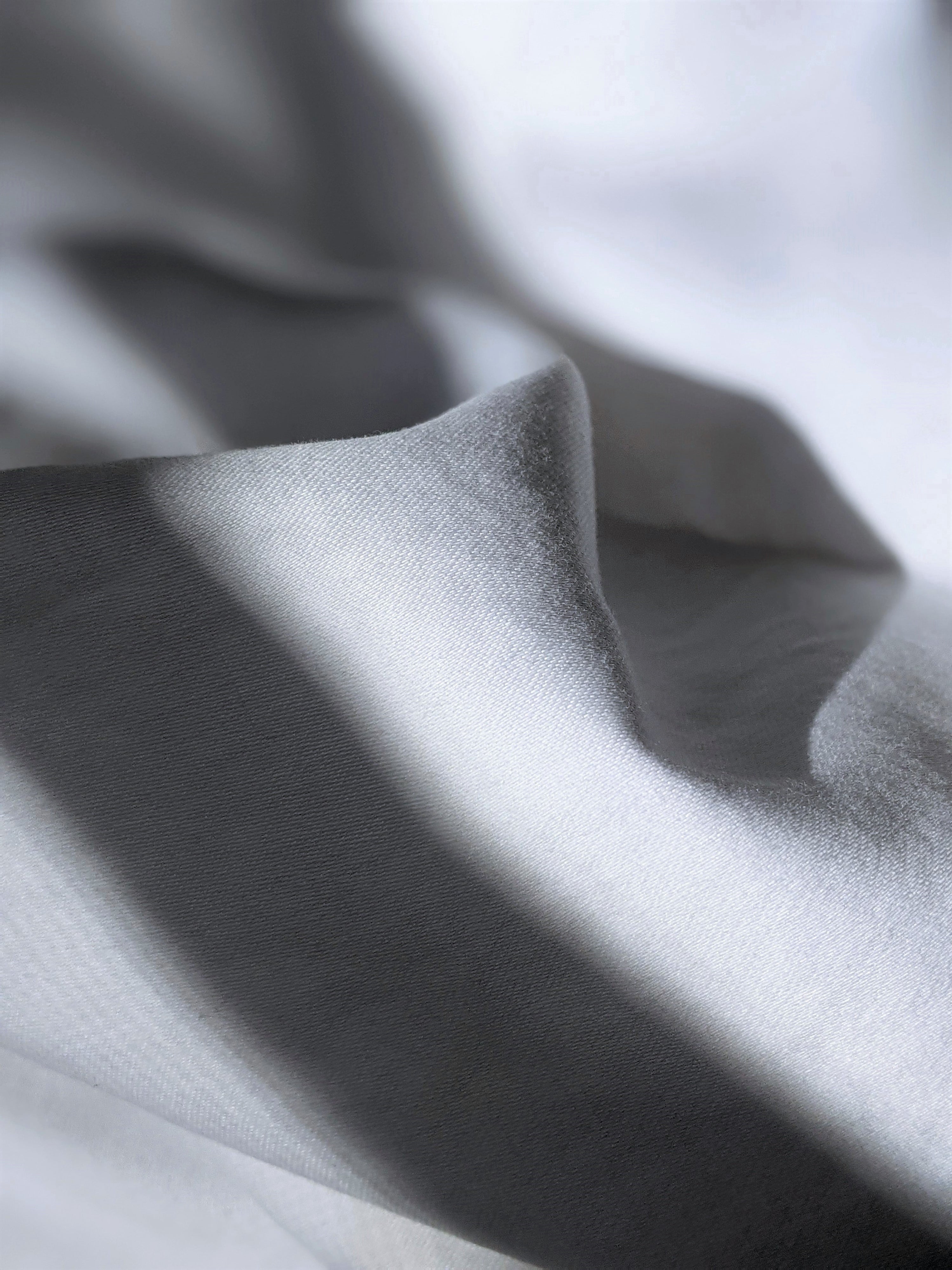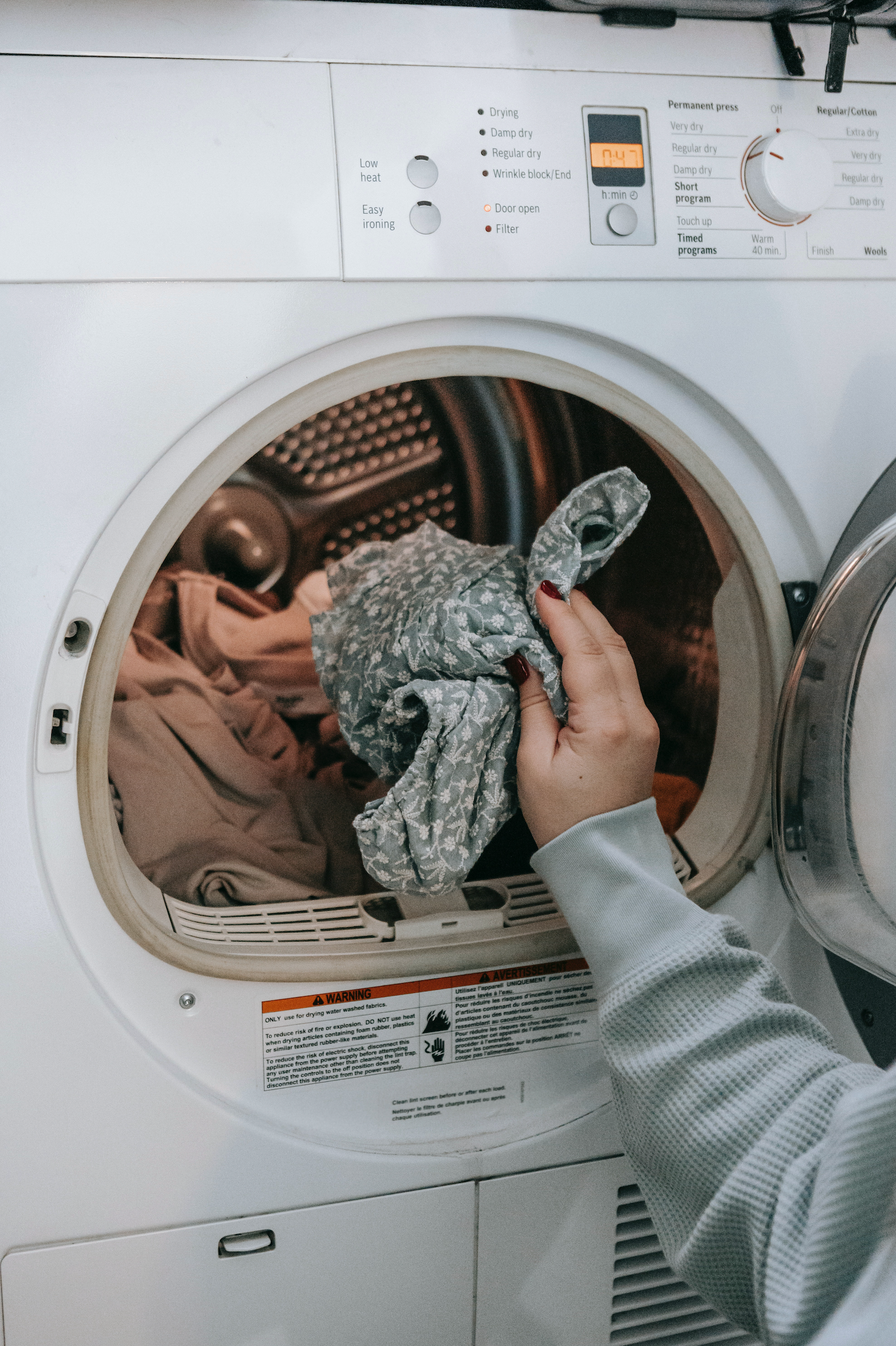

What is circular fashion?
Circular fashion bases its foundations on the principles of the circular economy, that is the great ability to reproduce itself without affecting the resources of our planet with "natural" materials, which can be re-introduced into the biosphere (for example cotton) and materials "technicians" whose future involves the art of recycling, then reuse.
It is therefore essential to start thinking in a "circular" way, as if it were a "circle" that does not count the exits. Circular fashion is the best solution to safeguard the health of our planet, polluting less and saving precious resources
Fashion and pollution are closely related topics.
One of the main problems of fashion is linked to the world of Fast Fashion and the fact that it is literally devouring our planet. What do we mean by Fast Fashion? Production of millions of garments every day that consume natural resources, energy and cheap labor.
A single distribution chain can produce over 50 collections in a single year. Although these chains often speak, more and more often, of sustainability within their advertising campaigns.
It is good to know that communicating sustainability in fashion is very different from actually implementing it. That is why it is important to have a minimum of personal training on the subject.

Circular fashion is much more than just a circle
What are the benefits of buying sustainable clothing?

In circular fashion you can choose non-contaminant and recyclable compounds, natural and non synthetic fabrics. In this way it is possible to decline the risk of spillage of microplastics, present during the processing of the product and consequently also in the washing of the items once purchased.


What are micro plastics?
Microplastics are present in synthetic clothing made from materials derived from oil. Researchers at Plymouth University have found that a 6 kg load of washing machine can release over 700,000 microplastics.
Most of these micro-particles, due to their small size, are not captured by washing machine filters. After analyzing the waste water from domestic washing machines, they found that a single synthetic suit releases over 1,900 microplastics with a single wash, which mostly end up in the oceans.
Leaving aside the fact that using the washing machine too often creates a huge waste of water and energy. Italy holds less than 1% of washing machines worldwide and releases about 120 kg of microplastics every week through domestic washing. 120kg of microplastics equals 15,000 plastic bags and 6 tons of microplastics per year equals 720 million plastic bags.





